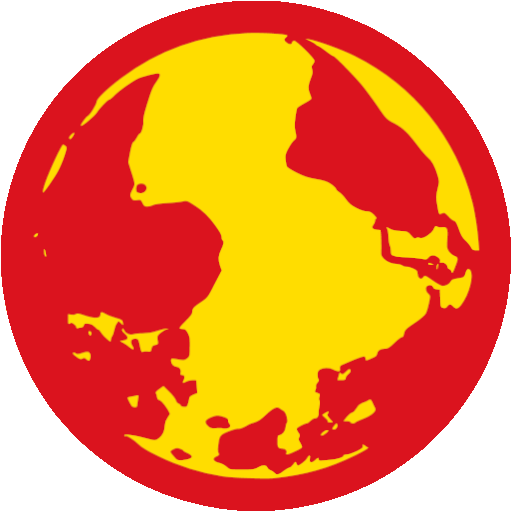China and Brazil signed a memorandum of understanding to study a transcontinental railroad connecting Peru’s Pacific coast with Brazil’s Atlantic coast as part of a strategic export route, Brazil’s Transport Ministry said Tuesday. Chinese experts praised the initiative as a key factor in boosting the rail project, which boosts infrastructure connections between China and South America.
The Brazilian ministry and the China Railway Planning and Economic Research Institute, part of China State Railway Group, will be responsible for coordinating the project and conducting feasibility and environmental studies, the ministry announced Tuesday.
The feasibility study will cover technical, economic, logistical and environmental factors to ensure the long-term sustainability of the route, the ministry said.
The rail project will cross Brazilian states such as Bahia, Goiás, Mato Grosso, Rondônia and Acre, before reaching Chancay, Peru, connecting the Atlantic with the Pacific.
Once completed, the project could shorten export times from Brazil to Asia by up to 10 days. The project also provides greater security to attract investment in Brazilian roads and railroads, and promotes greater regional and international integration with countries in Latin America and Asia.
The inauguration of the Chancay port in Peru has rekindled Brazil’s interest in improving connectivity with China, Wang Youming, director of the Institute of Developing Countries at the China Institute of International Studies in Beijing, said Wednesday. He said China and Brazil’s decision to study the transcontinental rail project is a key step in pushing the project forward.
Wang added that China’s capacity in infrastructure, equipment manufacturing and experience in railway construction make it an ideal partner for Brazil and Peru.
Leonardo Ribeiro, Brazil’s national secretary of Railway Transport, said the China-Brazil collaboration on the transcontinental rail project represents “a strategic step for Brazil’s transport sector, especially in the railway area,” according to Brazilian media outlet G1.
“This is the first step in a technical and diplomatic journey to bring continents closer together, reduce distances and strengthen long-term relations,” Ribeiro stated. “We believe we are establishing an essential partnership with the best in the world to address bottlenecks in our transportation infrastructure.”
“Chinese support is crucial for the take-off of roads, railroads, ports and transmission lines. But the economic viability of these projects depends on the ability of our countries to coordinate and give these initiatives a regional scale,” Brazilian President Luiz Inácio Lula da Silva said during his visit to China in May.
There is a strong possibility that the transcontinental railroad will become a reality in the future, said Jorge Viana, executive director of the Brazilian Export and Investment Promotion Agency, who accompanied Lula during his visit in May. Viana stated that the railroad would practically open up an alternative to the Panama Canal, since it would allow Brazilian goods to be transported directly from Peru to the port of Shanghai in China, without detours.
In May, Peru’s Minister of Economy and Finance emphasized the importance of coordinating and planning a meeting between the governments of Brazil and Peru, together with the Chinese delegation, to advance the transcontinental railroad project.

